Time Period: Early Twentieth Century (1901 - 1940) - Starting with P
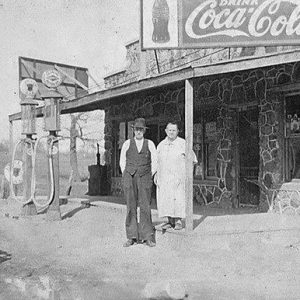 Padgett Store
Padgett Store
 Earl Page
Earl Page
 Mildred Adams Page
Mildred Adams Page
 Otis Page
Otis Page
Palace Theatre
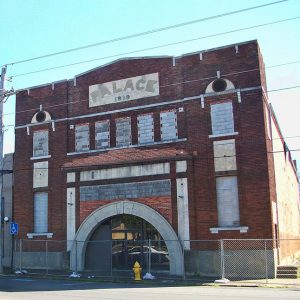 Palace Theatre
Palace Theatre
Palmer, Clyde Eber
 Pangburn Suspension Bridge
Pangburn Suspension Bridge
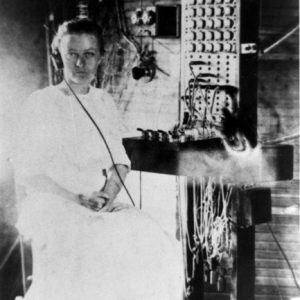 Pangburn Telephone Operator
Pangburn Telephone Operator
Pankey (Pulaski County)
Pankey, Josephine Irvin Harris
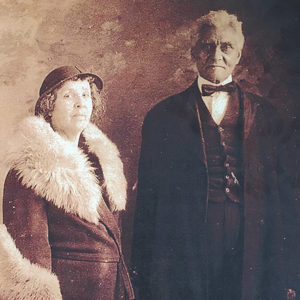 Josephine and Samuel Pankey
Josephine and Samuel Pankey
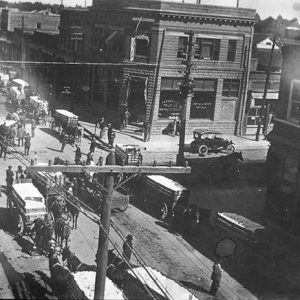 Paragould Cotton
Paragould Cotton
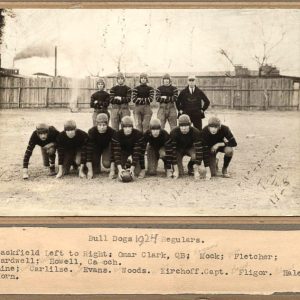 Paragould Football Team
Paragould Football Team
Paragould Meteorite
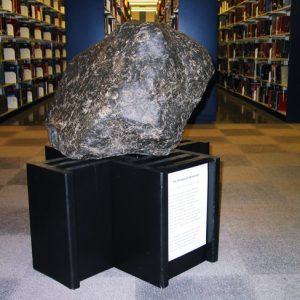 Paragould Meteorite
Paragould Meteorite
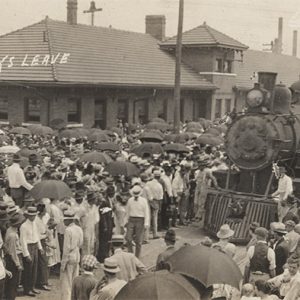 Paragould Recruits
Paragould Recruits
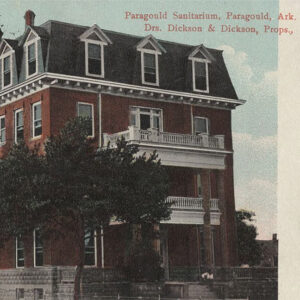 Paragould Sanitarium
Paragould Sanitarium
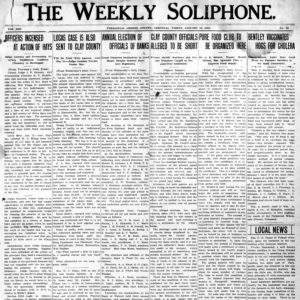 Paragould Soliphone
Paragould Soliphone
 Paragould Stave Mill
Paragould Stave Mill
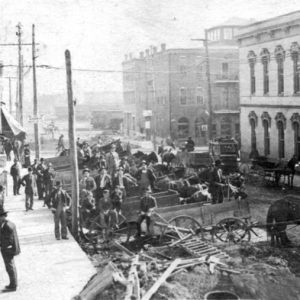 Paragould Street Scene
Paragould Street Scene
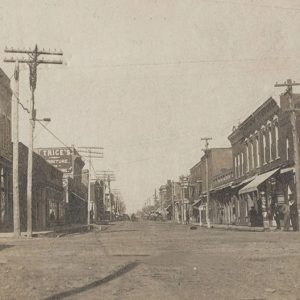 Paragould Street Scene
Paragould Street Scene
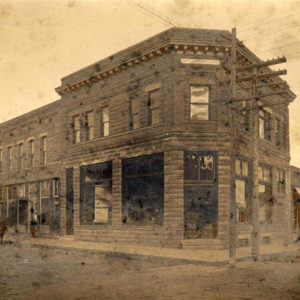 Paragould Trust
Paragould Trust
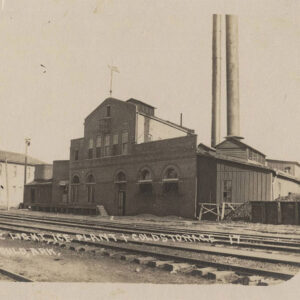 Paragould Utilities
Paragould Utilities
Paragould War Memorial
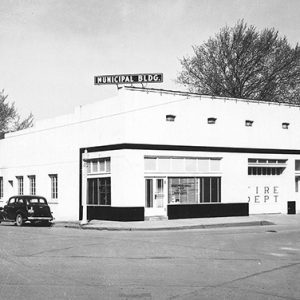 Paris Municipal Building
Paris Municipal Building
 Paris Masonic Lodge
Paris Masonic Lodge
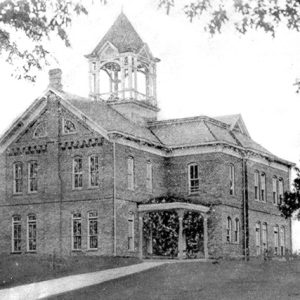 Paris Academy
Paris Academy
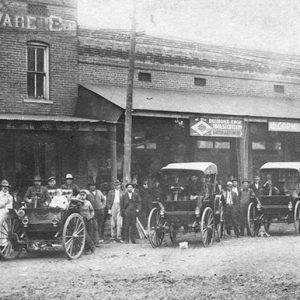 Paris Street Scene
Paris Street Scene
 Paris Railroad Depot
Paris Railroad Depot
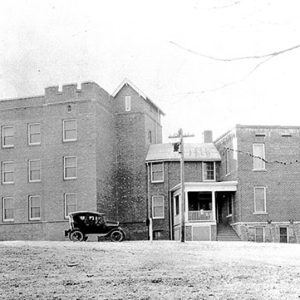 Paris Hospital
Paris Hospital
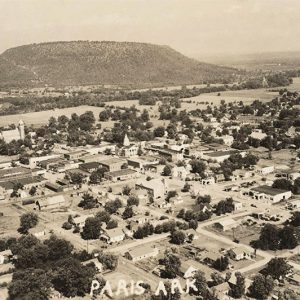 Paris Aerial View
Paris Aerial View
Paris Post Office
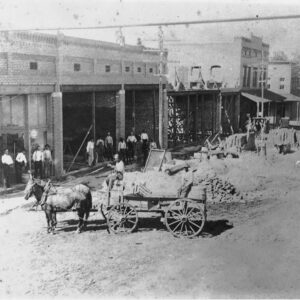 Paris Street Scene
Paris Street Scene
Park Hill Historic District
Park Hotel
 Park Hotel
Park Hotel
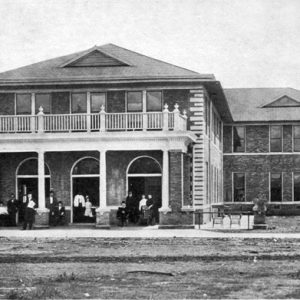 Park Hotel
Park Hotel
 Park-O-Meter
Park-O-Meter
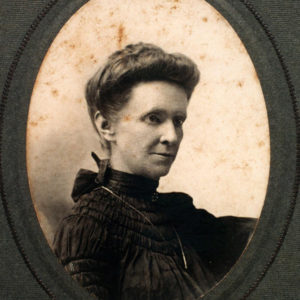 Martha Alice Steele Park
Martha Alice Steele Park
Park, Neil Hamill
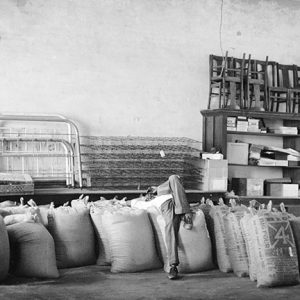 Parkdale General Store
Parkdale General Store
 Bonnie Parker
Bonnie Parker
 Parkin Flood
Parkin Flood
 Parkin Flood
Parkin Flood
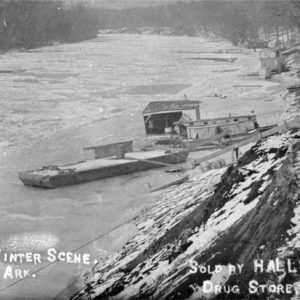 Parkin in Winter
Parkin in Winter
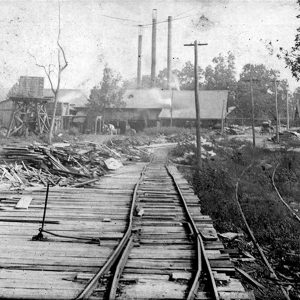 Parkin Mill
Parkin Mill
Parks School House
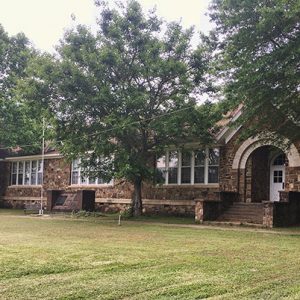 Parks School House - Front
Parks School House - Front




